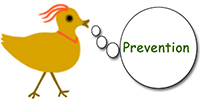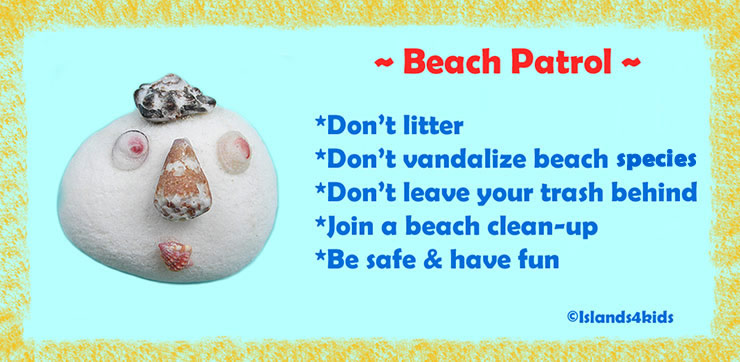
|
What can we do to stop Marine Debris? |
| (1) |
Use your own reuseable shopping bags.
|
| |
When they are not properly recycled or disposed, plastic shopping bags produce negative impacts to the environment as well as to animals and other creatures on land and in the ocean.
Plastic bags travel unimaginably long distances (ranging from a few hundred to 20,000 miles), carried by wind, rivers, streams, or ocean currents. Once in the ocean, they can remain there for an unbelievably long time (about 1 to 500 years). |
| (2) |
Don't litter |
| (3) |
Pick up trash in your neighborhood or participate in beach, street, or river clean-ups in your community! |
| (4) |
Try to make less trash in your life by following 3R's. |
| |
3R's:
Reduce - Don't buy unnecessary products.
Reuse - Try to use things that can still be used or give them to someone who can.
Recycle -Recycle things that can be turned into different products, look for a recycle bins. |
| (5) |
Tell your friends and families about Marine Debris and the 3R's. |
| |
 |
Here are 2 basic approaches to help keep beaches clean. |
| |
| |
 |
Proactive |
|
| |
 |
The goal here is PREVENTION. We want to make sure beach-goers no longer litter or vandalize beach resources during their visits. Through education and outreach, we can reduce the amount of waste left behind. Creating signs to post at beaches is one way to get the message across. Schools could also have marine debris lessons to learn about various aspects to the issue, brainstorm solutions, and make posters that the community can use. |
 |
Reactive |
|
| |
 |
The goal here is to RESPOND to damage that is already done to beaches. One way is to clean the beach. You can do this individually while you are visiting the beach or as a group beach clean-up event. You can gather your friends, neighbors, and other community members and have a large event as well! This can also be a great opportunity to raise awareness about marine debris to a wider community and educate them on proper beach-going behavior. |
| |
 |
|
|
 |

|
 |